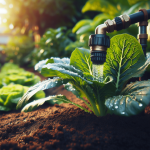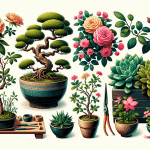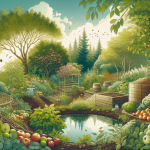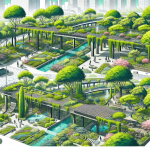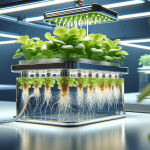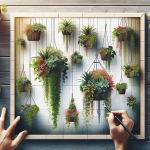This post may contain affiliate links. As an Amazon Associate, we may earn commissions from qualifying purchases.
Have you ever wondered how to maintain a balanced ecosystem in a backyard pond? Perhaps you’ve admired the tranquil beauty of a well-maintained pond with its clear water, flourishing plants, and darting fish. It’s mesmerizing, isn’t it? Well, creating and maintaining such a harmonious environment in your own backyard is highly achievable and can bring you endless enjoyment and a sense of accomplishment.
Maintaining a backyard pond is not just about filling a hole with water and tossing in a few fish. It’s about creating a thriving, balanced ecosystem where each element has its role. Think of it as an orchestra: too much of one instrument can drown out the melodies of others, while harmony between them creates symphonic beauty.
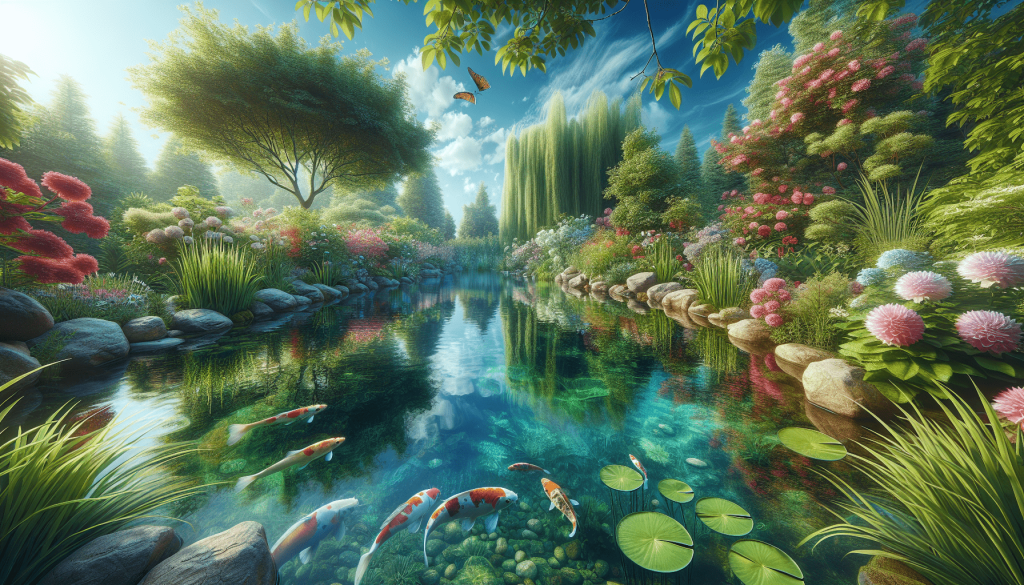
Starting with the Basics
What is a Balanced Pond Ecosystem?
A balanced ecosystem is one in which living organisms and environmental elements work together to support a cycle of life. In a pond, balances must be maintained between fish, plants, bacteria, and water quality. Craving a slice of serenity, you require these components to coalesce seamlessly.
Why is Balance Important?
Balance in your backyard pond means healthier plants and fish, less maintenance, and more time enjoying your aquatic haven. Imbalances can lead to murky water, algae outbreaks, and unhealthy aquatic life. Without balance, the joy derived from your pond can quickly turn into a burdensome chore.
Setting Up for Success
Choosing the Right Location
Where you place your pond has a tremendous impact on its ecosystem. Select a site that receives adequate sunlight but is also partially shaded. This balance aids the plants in photosynthesis while preventing the water from overheating, which can stress fish and encourage algae growth.
How Big Should Your Pond Be?
Pond size is crucial. Larger ponds are generally easier to maintain because they achieve ecological balance more easily than smaller ones. Aim for a size that fits your space but allows for at least 1,000 gallons of water.
Depth Matters
Varying depth zones in your pond support different types of aquatic plants and provide refuge for your fish. Think of these zones like apartments in a multi-story building—each serving unique needs. A deeper middle section is ideal for overwintering fish, while shallower edges are great for marginal plants.
The Importance of Water Quality
Testing Your Water
Regular testing helps you maintain a stable pond environment. Kits are readily available and easy to use. Keep an eye on pH levels, ammonia, nitrites, and nitrates, as imbalances in these can wreak havoc.
| Parameter | Ideal Range |
|---|---|
| pH | 6.5 – 8.0 |
| Ammonia | 0 ppm |
| Nitrites | 0 ppm |
| Nitrates |


